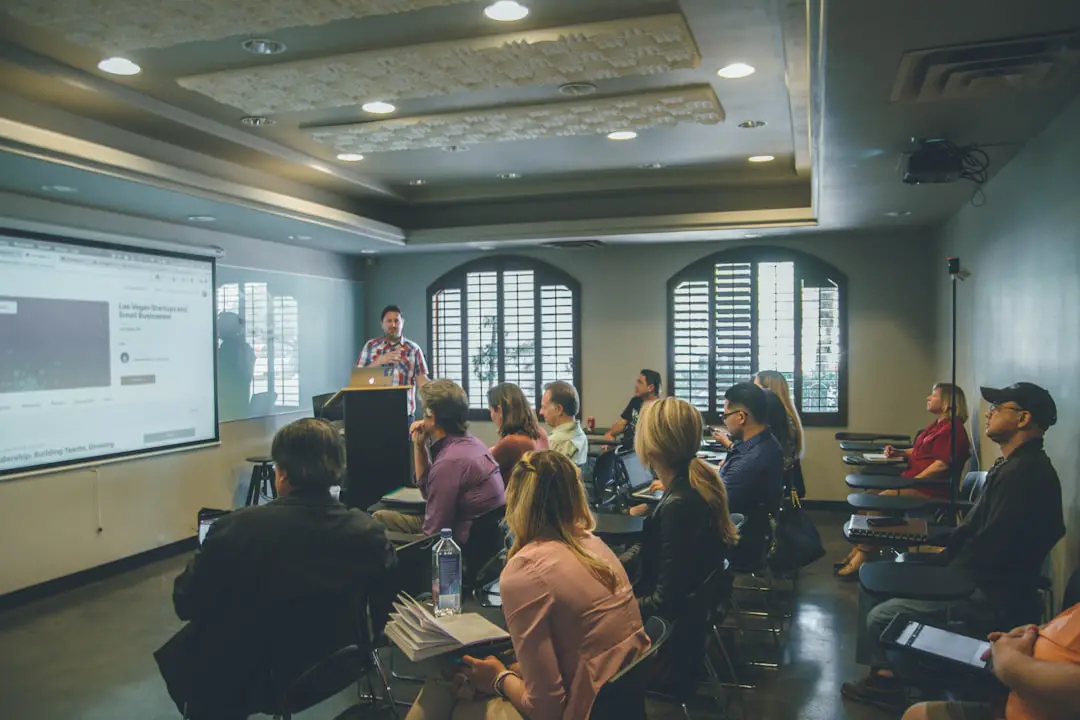Support our educational content for free when you buy through links on our site. Learn more
What are Instructional Methods of Teaching? [2024] ✅
Have you ever wondered what instructional methods of teaching are and how they can enhance the learning experience for students? Well, you’re in luck! In this comprehensive guide, we will explore the various instructional methods of teaching, providing you with valuable insights and strategies to implement in your classroom. Get ready to revolutionize your teaching methods and engage your students like never before!
Quick Answer
Instructional methods of teaching refer to the strategies and techniques that educators use to deliver information and facilitate learning in the classroom. These methods can be teacher-centered or student-centered, high-tech or low-tech, and they aim to create an effective and engaging learning environment for students.
Quick Tips and Facts:
- Instructional methods of teaching are essential for creating an engaging and effective learning environment.
- These methods can be teacher-centered or student-centered, high-tech or low-tech.
- Different instructional methods cater to different learning styles and preferences.
- It’s important to choose instructional methods that align with your teaching goals and the needs of your students.
Background: The Evolution of Instructional Methods

Teaching methods have evolved over time, adapting to the changing needs and preferences of students. In the past, traditional teacher-centered approaches dominated the classroom, with lectures and scripted lesson plans being the primary means of instruction. However, as educational research and technology advanced, new instructional methods emerged, focusing on student-centered learning and incorporating high-tech tools and resources.
Teacher-Centered Approaches
- Direct Instruction (Low Tech) ✅
Direct Instruction is a teacher-centered approach that involves conveying knowledge through lectures and scripted lesson plans. This method provides a structured and systematic approach to teaching, ensuring that students receive clear and concise information. While it may be considered low-tech, Direct Instruction remains an effective method for delivering content and introducing new concepts.
- Flipped Classrooms (High Tech) ✅
Flipped Classrooms have gained popularity in recent years, especially with the advancement of technology. In this approach, students learn new content at home through pre-recorded videos or online resources. Classroom time is then dedicated to activities, discussions, and assignments that reinforce and apply the learned material. Flipped classrooms promote active learning and allow for more personalized instruction.
- Kinesthetic Learning (Low Tech) ✅
Kinesthetic Learning is a hands-on approach that encourages physical activities to enhance learning. This method recognizes that some students learn best through movement and tactile experiences. Teachers incorporate activities such as role-playing, simulations, and manipulatives to engage students and make learning more interactive.
Student-Centered Approaches
- Differentiated Instruction (Low Tech) ✅
Differentiated Instruction is a student-centered approach that tailors instruction to meet individual student needs. It recognizes that students have different learning styles, abilities, and interests. Teachers use various strategies, such as flexible grouping, tiered assignments, and individualized learning plans, to accommodate the diverse needs of their students.
- Inquiry-Based Learning (High Tech) ✅
Inquiry-Based Learning is a student-centered approach that promotes active learning and critical thinking. Students take an active role in their learning by posing questions, conducting investigations, and exploring real-world problems. Technology plays a significant role in inquiry-based learning, providing students with access to vast resources and tools for research and analysis.
- Expeditionary Learning (Low Tech) ✅
Expeditionary Learning takes students outside the traditional classroom setting and immerses them in real-world learning experiences. This approach emphasizes hands-on activities, field trips, and community engagement. By connecting learning to the real world, expeditionary learning fosters a deeper understanding of concepts and promotes student engagement.
- Personalized Learning (High Tech) ✅
Personalized Learning is an approach that allows students to take control of their learning by creating self-directed learning plans based on their interests and goals. Technology plays a crucial role in personalized learning, providing students with access to online resources, adaptive learning platforms, and personalized feedback. This method promotes student autonomy and fosters a love for lifelong learning.
- Game-Based Learning (High Tech) ✅
Game-Based Learning leverages the power of gamification to engage students in problem-solving quests and challenges. By incorporating game elements, such as rewards, levels, and competition, teachers can create an immersive and interactive learning experience. Game-based learning promotes critical thinking, collaboration, and perseverance.
Blended Learning and UDL
- Blended Learning ✅
Blended Learning combines online and traditional classroom instruction to create a hybrid learning experience. This approach allows for flexibility and personalization, as students can access online resources, collaborate with peers, and receive individualized instruction. Blended learning maximizes the benefits of both face-to-face and online learning, catering to different learning styles and preferences.
- Universal Design for Learning (UDL) ✅
Universal Design for Learning is an instructional framework that aims to meet the diverse learning needs of all students. UDL provides multiple means of representation, expression, and engagement, allowing students to access and demonstrate their learning in various ways. This approach promotes inclusivity and ensures that all students have equal opportunities to succeed.
Teaching Methods: A to Z
In addition to the methods mentioned above, there are numerous other instructional strategies, prompts, and tools that educators can utilize in the classroom. From cooperative learning and project-based learning to technology integration and formative assessment, the possibilities are endless. The key is to choose methods that align with your teaching goals, the needs of your students, and the subject matter you are teaching.
For the Love of Teaching
Teaching is a dynamic and ever-evolving profession, and instructional methods play a crucial role in creating a positive and effective learning environment. As an educator, it’s essential to stay informed about the latest research, trends, and best practices in instructional methods. By continuously exploring and implementing new strategies, you can enhance your teaching and make a lasting impact on your students’ lives.
FAQ

What are the 4 instructional methods?
The four instructional methods are teacher-centered approaches, student-centered approaches, blended learning, and Universal Design for Learning (UDL). These methods encompass a wide range of strategies and techniques that educators can use to facilitate learning in the classroom.
Read more about “What Are the Four Teaching Strategies? …”
What is an instructional method in teaching?
An instructional method in teaching refers to the strategies and techniques that educators use to deliver information and facilitate learning in the classroom. These methods can be teacher-centered or student-centered, high-tech or low-tech, and they aim to create an effective and engaging learning environment for students.
Read more about “12 Examples of Pedagogical Practices to Revolutionize Your Teaching! … ✨”
What are the 5 methods of teaching?
The five methods of teaching are Direct Instruction, Flipped Classrooms, Kinesthetic Learning, Differentiated Instruction, and Inquiry-Based Learning. These methods cater to different learning styles and preferences, allowing educators to create a diverse and engaging learning experience for their students.
Read more about “What are the 5 methods of teaching?”
What are the five instructional strategies?
The five instructional strategies are Differentiated Instruction, Inquiry-Based Learning, Expeditionary Learning, Personalized Learning, and Game-Based Learning. These strategies focus on student-centered learning, promoting active engagement, critical thinking, and problem-solving skills.
Read more about “What are the 5 Approaches to Pedagogy? … 👩🏫”
Conclusion

Instructional methods of teaching are essential for creating an engaging and effective learning environment. By incorporating a variety of teacher-centered and student-centered approaches, educators can cater to the diverse needs and preferences of their students. Whether you choose low-tech or high-tech methods, the key is to align your instructional methods with your teaching goals and the needs of your students. So, go ahead and explore the vast array of instructional methods available, and revolutionize your teaching today!
Recommended Links
- Instructional Coaching
- Lesson Planning
- Classroom Management
- Instructional Strategies
- Differentiated Instruction
- 12 Examples of Pedagogical Practices to Revolutionize Your Teaching! 2024 ✨

